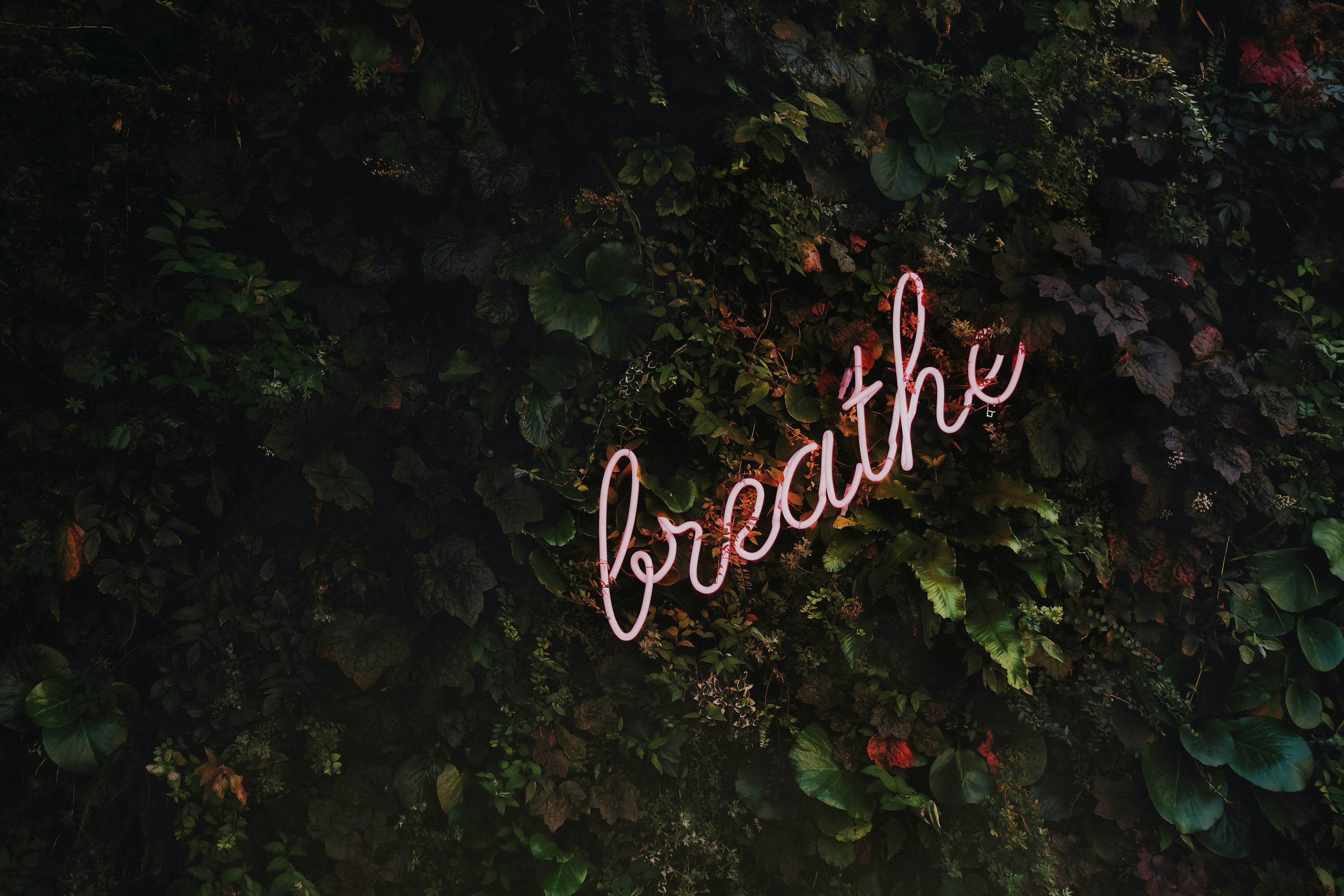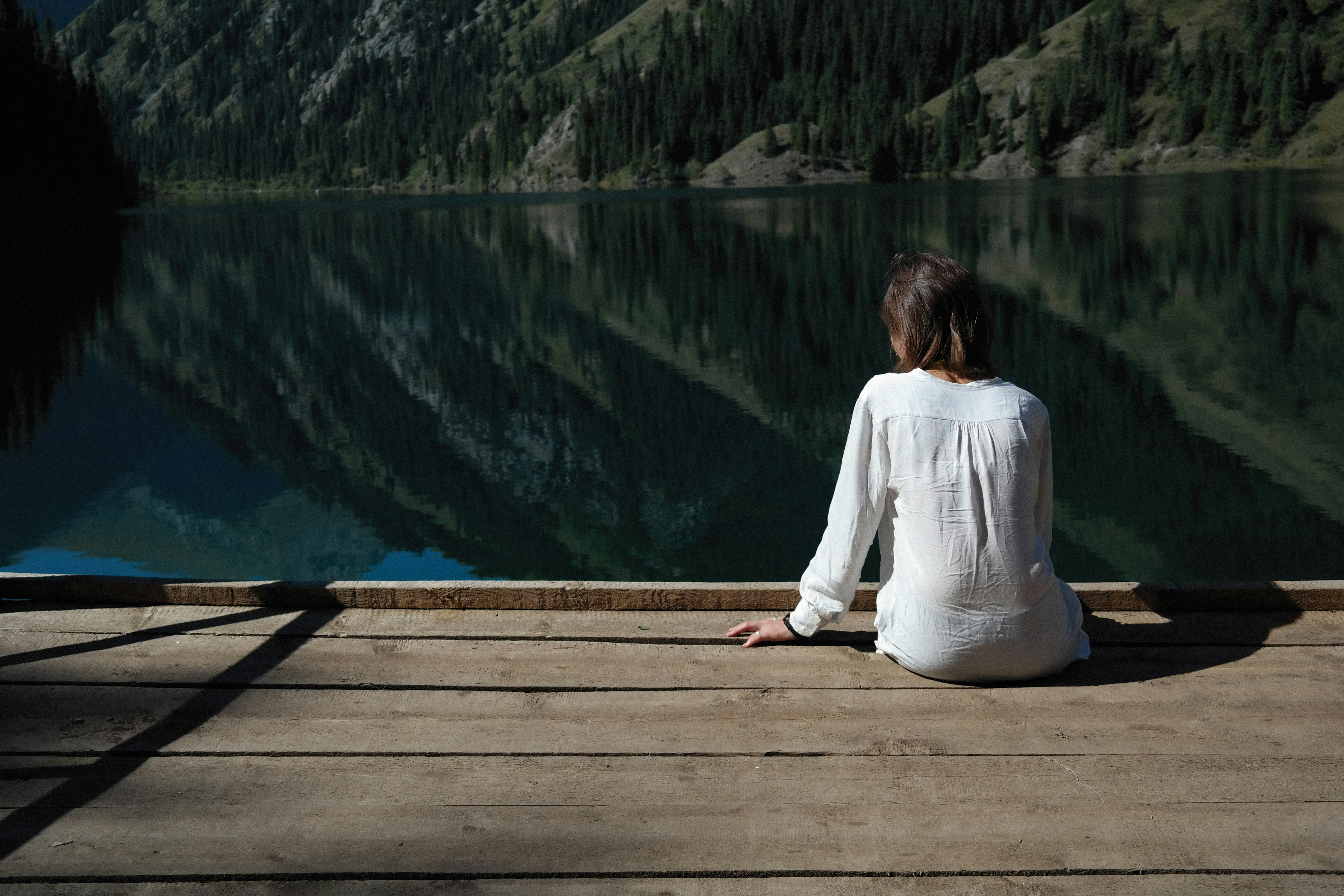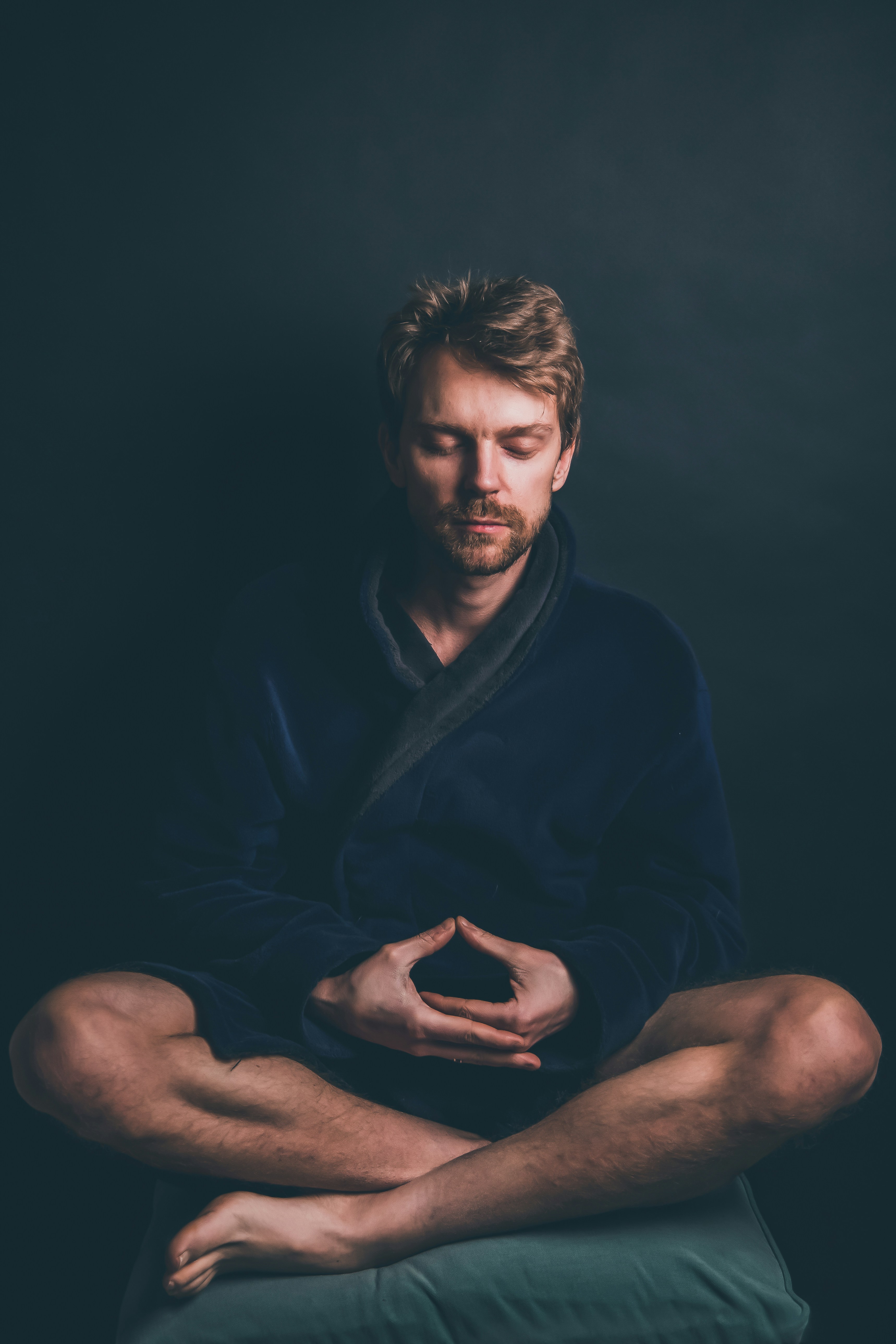The Art of Stillness in Motion: Balance Action and Contemplation
In a fast-paced world filled with distractions, the practice of yoga emerges as both a motion and a destination—a sanctuary where we discover not just the body’s strength but also the mind’s peace. The dynamic movements of yoga may appear as a flurry of activity, yet within that motion lies profound stillness waiting to be uncovered. This exploration aims to illuminate the delicate interplay between action and contemplation in dynamic yoga practices, guiding you toward mastering the art of stillness through movement.
Understanding the Essence of Dynamic Yoga
Dynamic yoga, characterized by its fluid movements and sequences, often contrasts with the more static forms of yoga such as Hatha or Yin. While many practitioners engage in a vigorous Vinyasa or Ashtanga session to improve strength and flexibility, the deeper layers of these practices can unlock pathways to inner peace and clarity. By understanding and embodying the philosophy behind dynamic yoga, you can begin to experience a harmonious blend of action and stillness.
The essence of dynamic yoga is not simply about restlessly keeping the body busy; it’s about acknowledging the mind while moving. You can establish a contemplative inner dialogue, even while you execute a series of sun salutations. By fostering this dialogue, you can learn that true power doesn’t come from forceful exertion alone but from the subtle nuances of your breath, awareness, and intention.
Cultivating Awareness Through Breath
At the core of yoga practice lies the breath—an essential element that serves as the bridge between the body and mind. In dynamic yoga, breath synchronization with movement is vital, fostering an environment for mindful awareness. As you flow through poses, pay attention to each inhalation and exhalation, allowing your breath to guide and dictate the pace of your practice.
Research has shown that conscious breathing techniques can significantly enhance mindfulness and sense of well-being. A study published in the journal Frontiers in Psychology explores how breath control can increase attention and emotional regulation. Embrace mindfulness with ultra-slow-motion meditation to deepen your yoga experience, as the intentional flow of breath calms the mind even amidst dynamic fluctuations.
Always remind yourself that every breath is a moment—a timeless juncture you can exploit to either crank up the energy or explore stillness within the movement.
Finding Balance Amidst Movement
The beauty of dynamic yoga lies in its inherent contradictions: moving yet still, action yet contemplation. One of the keys to mastering this balance is through the concept of "vinyasa," which can denote a transitional flow between poses or the kinetic dance of your movements. This seamless link between postures can be both energizing and stabilizing. As you transition, maintain a steady focus on the sensations coursing through your body.
For instance, when engaging in a complex sequence, approach it with an open mind. Instead of getting lost in the need to execute perfect poses, simply exist within the flow. This shift in perspective can allow you to relish the journey rather than obsess over the destination. You might even discover new surprises about your body’s capabilities and how resilience and fluidity coexist beautifully.
Embracing Stillness: The Power of Pause
In our relentless pursuits, we've become masters of distraction, often overlooking the vital power of pause. Practicing dynamic yoga offers myriad opportunities to cultivate stillness—even during the most exhilarating sequences. When engaged in a flow, consider incorporating deliberate moments of stillness: pausing between poses to check in with your body or holding an asana slightly longer to bask in its embrace.
Integrating stillness amidst dynamic movement can provide clarity, as it creates a sacred space where you can connect with your inner self. This practice allows you to cultivate a heightened awareness of your physical sensations and emotional states, ultimately leading to a more profound understanding of your being.
Moreover, these pauses act as anchoring points, reminding us that even in the whirlwind of life’s motions, we can always return to a centerpiece of calm, gently grounding ourselves amidst the chaos.
The Role of Intention in Dynamic Practice
Intention acts as the compass guiding your practice. Consider the difference between automating your movements and engaging with purpose. Setting a clear intention can significantly change the way you experience your dynamic yoga sessions. Whether you’re aiming to cultivate strength, explore vulnerability, or tap into spiritual dimensions, infusing your movements with purpose opens up possibilities that transcend mere physical workouts.
For instance, if your intention is to connect more deeply with the present moment, you might notice subtler cues from your body, allowing you to adjust your poses accordingly. As you unveil these insights, you'll become adept at weaving in pauses—reminiscent of the stillness that accompanies focused intention—transforming how you react to external stimuli in your daily life.
Beyond the Mat: Applying the Art of Stillness
While the yoga mat serves as an excellent arena for honing the art of stillness in motion, the ultimate goal is to carry these insights into our day-to-day lives. The skills of mindfulness, balance, and presence that you cultivate on the mat can substantially enrich your interactions off the mat.
When engulfed in the rush of urban life, apply your breath-centered techniques to navigate stress. In moments of conflict, remember the art of pause you practiced, allowing emotions to settle before responding. Using soundscapes in your meditation can also facilitate mindfulness during hectic schedules—exploring techniques to harmonize your energy can significantly ease daily tension.
For more insights on how sound can be incorporated into your routine, see how mastering silence can lead to deeper meditation and accessible peace even amid chaotic environments.
Exploring the Intersection of Energy and Movement
Dynamic yoga serves as a conduit for exploring the energy coursing through our bodies. Each posture and transition can impact your internal energy flow, making it essential to maintain awareness of how energy moves through you. By utilizing energetic principles as you practice, you can naturally unlock emotional blockages and foster financial and spiritual wellness.
Breathwork is one transformative tool that connects your physical practice to your energy centers. Cycles of breathing—both rapid and slow—can induce specific states of being, promoting emotional healing and facilitating a deeper connection to your spiritual self. Explore practices that unify breath with intention in ways that align your chakras and elevate your experience.
Consider integrating resources like forest bathing as you experience how nature can amplify your practice, enriching your yoga sessions and enhancing spiritual wellness through natural rhythms.
Reflecting on Your Journey Within
As we wind down our exploration of the art of stillness within motion, it's essential to reflect on the journey you've embarked on. Each dynamic yoga session serves as a powerful reminder that both action and contemplation can coalesce harmoniously, offering multifaceted growth opportunities. There’s no definitive endpoint; instead, boundaries continue to dissolve as you discover more layers to your practice.
Consider keeping a journal to document your insights and experiences after each session. Reflecting on your journey can illuminate larger patterns, cultivating a sense of gratitude and clarity as you advance. Every moment of stillness, every aware breath is part of your story, offering a canvas for your growth.
Next Steps: Embrace and Evolve
To fully embrace the art of stillness and action, create a consistent practice that resonates with your unique journey. Explore various dynamic yoga styles, engage in workshops, or collaborate with mentors who can help guide your evolution. As you explore your body and mind within a compassionate learning framework, remember that the beauty of yoga resides not in perfect form but in genuine exploration.
Recognize that your practice is a living entity; the more you engage with it, the more it transforms and enriches your life. Use the tools of breath, dynamic movements, and intentional pauses as instruments to continuously invite wonder, self-discovery, and spiritual wellness into your everyday experiences.
As you step off the mat, take a moment to remind yourself: stillness is not just the absence of movement; it is a state of being—an art waiting to be mastered within the dance of life.











